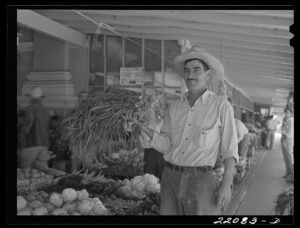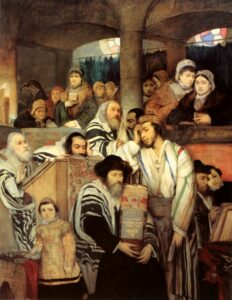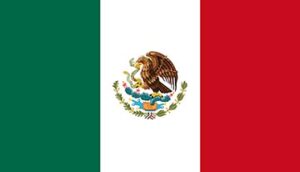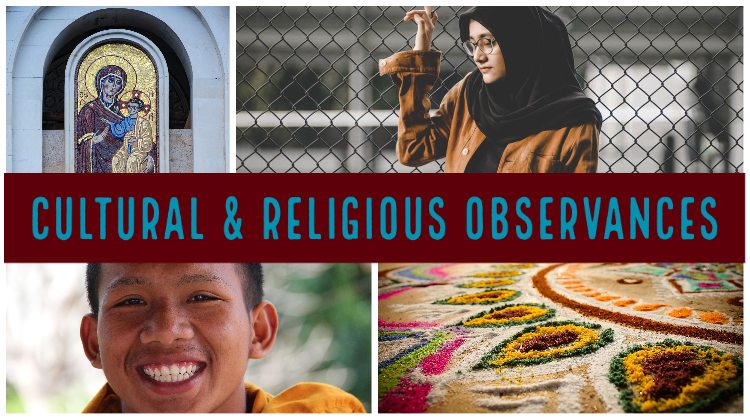Hispanic Heritage Month

Culture/religion: National observance
Date: September 15-October 15
Each year, Americans observe National Hispanic Heritage Month from September 15 to October 15, by celebrating the histories, cultures and contributions of American citizens whose ancestors came from Spain, Mexico, the Caribbean and Central and South America.
The observation started in 1968 as Hispanic Heritage Week under President Lyndon Johnson and was expanded by President Ronald Reagan in 1988 to cover a 30-day period starting on September 15 and ending on October 15. It was enacted into law on August 17, 1988, on the approval of Public Law 100-402.
The day of September 15 is significant because it is the anniversary of independence for Latin American countries Costa Rica, El Salvador, Guatemala, Honduras and Nicaragua. In addition, Mexico and Chile celebrate their independence days on September 16 and September18, respectively.
Sources:
National Hispanic Heritage Month
Yom Kippur

Culture/religion: Judaism
Date: September 16
Yom Kippur is considered to be the holiest and most solemn day of the year for many Jews. Known as the “day of repentance” as it inspires introspection, prayer and petitions for forgiveness so that Jews can enter the New Year with a clean slate.
Yom Kippur is a fasting holiday, with the end of the fast being a time for family and friends to reconnect. Some Jews wear white on Yom Kippur to symbolize purity and attend synagogue on this day and the preceding evening.
Pronunciation: YOHM ki-PAWR
Sources:
Yom Kippur, Rosenfeld Community of Practice Jewish Learning Matters
Glossary of Jewish Terminology, Judaism 101, jewfaq.org
Día de la Independencia (Independence Day)

Culture/religion: Mexican heritage
Date: September 16
On September 16, 1810, in the small town of Dolores, in the province of Guanajuato in Mexico, a handful of people were summoned by a parish priest to take up arms against the Spanish colonial government. This began the fight for independence that ended 350 years of Spanish rule. To this day, the church bell that was used to call people to revolt hangs in the National Palace in Mexico City and is rung on the eve of September 16 by the President.
Celebrated by people of Mexican origin throughout the world and in such places in the United States as East Los Angeles, Austin, and El Paso, this is a day when Mexican Americans often hang Mexican flags at their homes. In addition to parades and fairs, the day’s festivities always involve traditional antojitos, most aptly described as a variety of finger foods.
Sources:
Mexican War of Independence, Wikipedia

